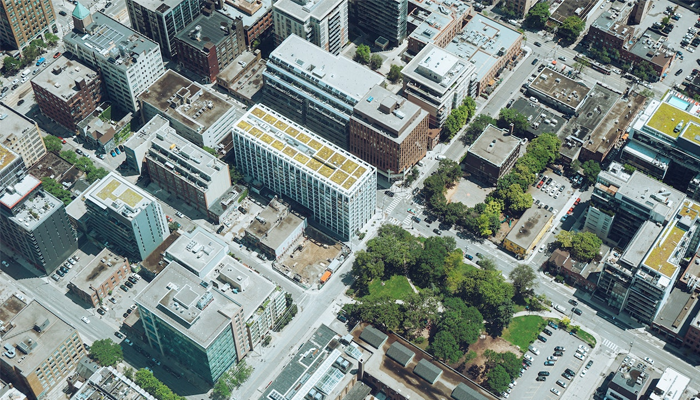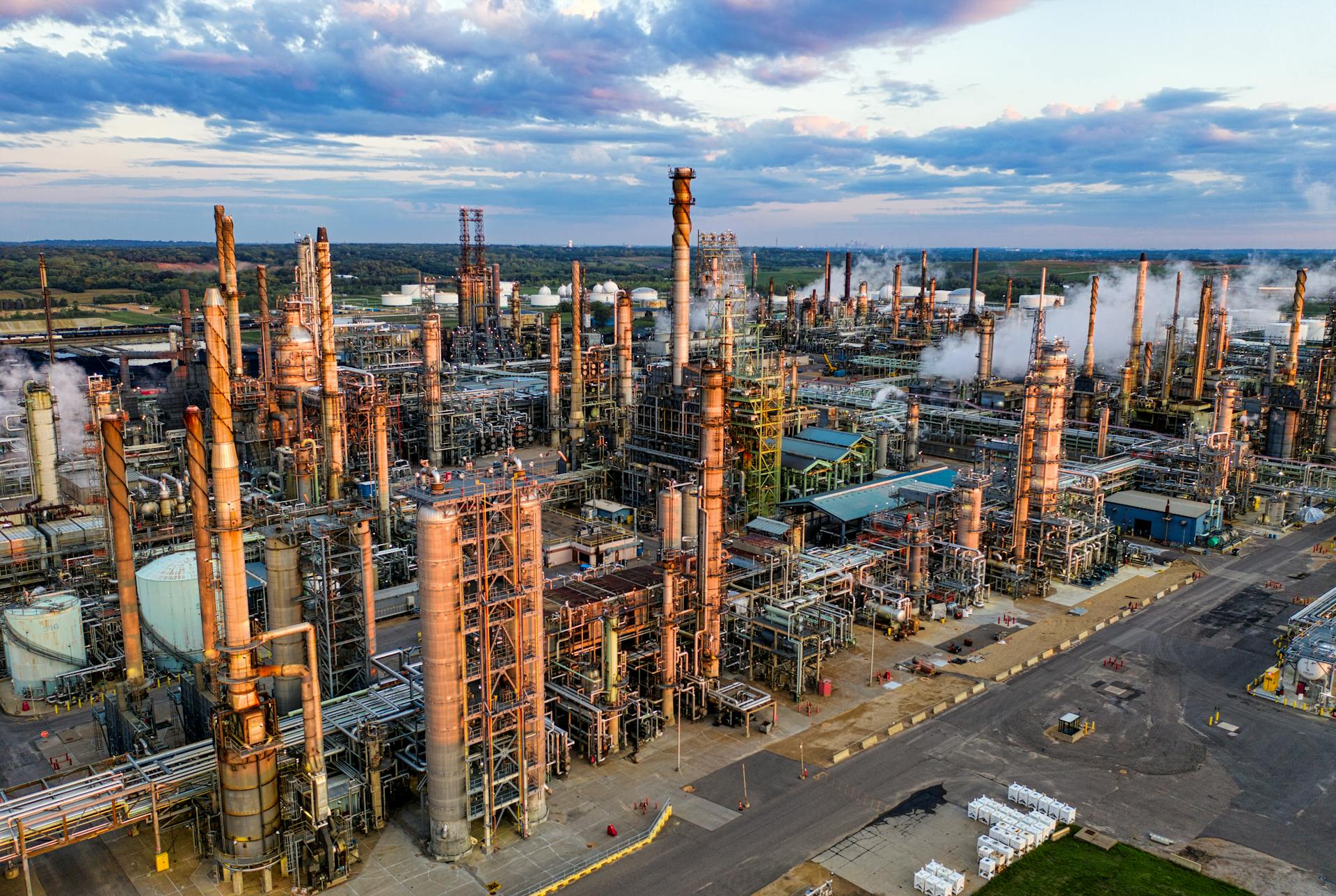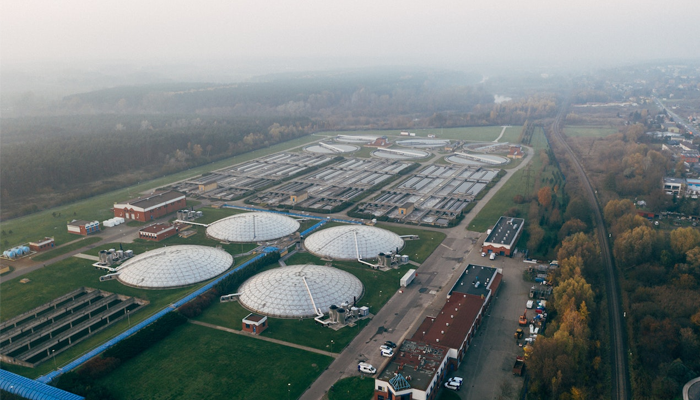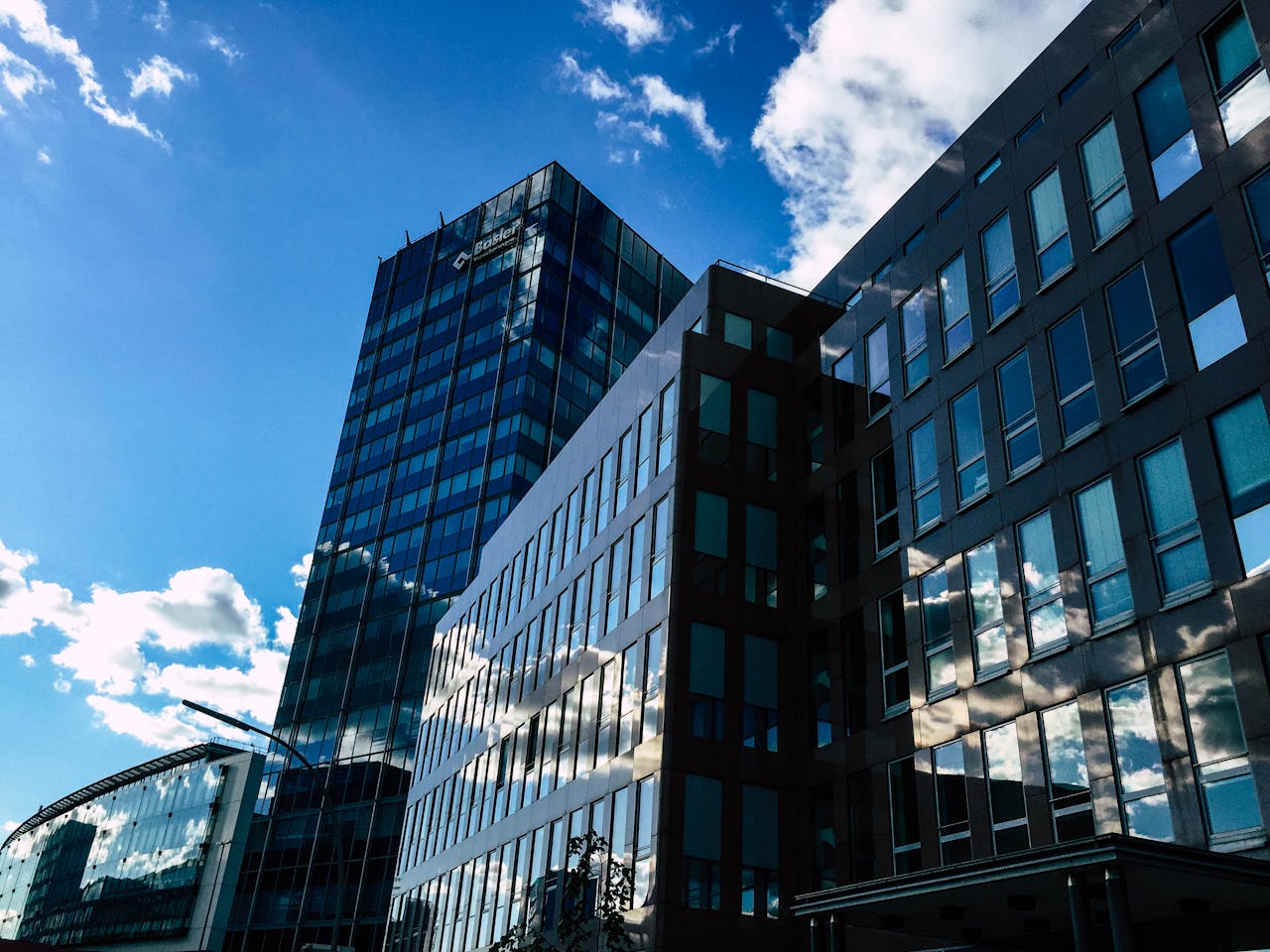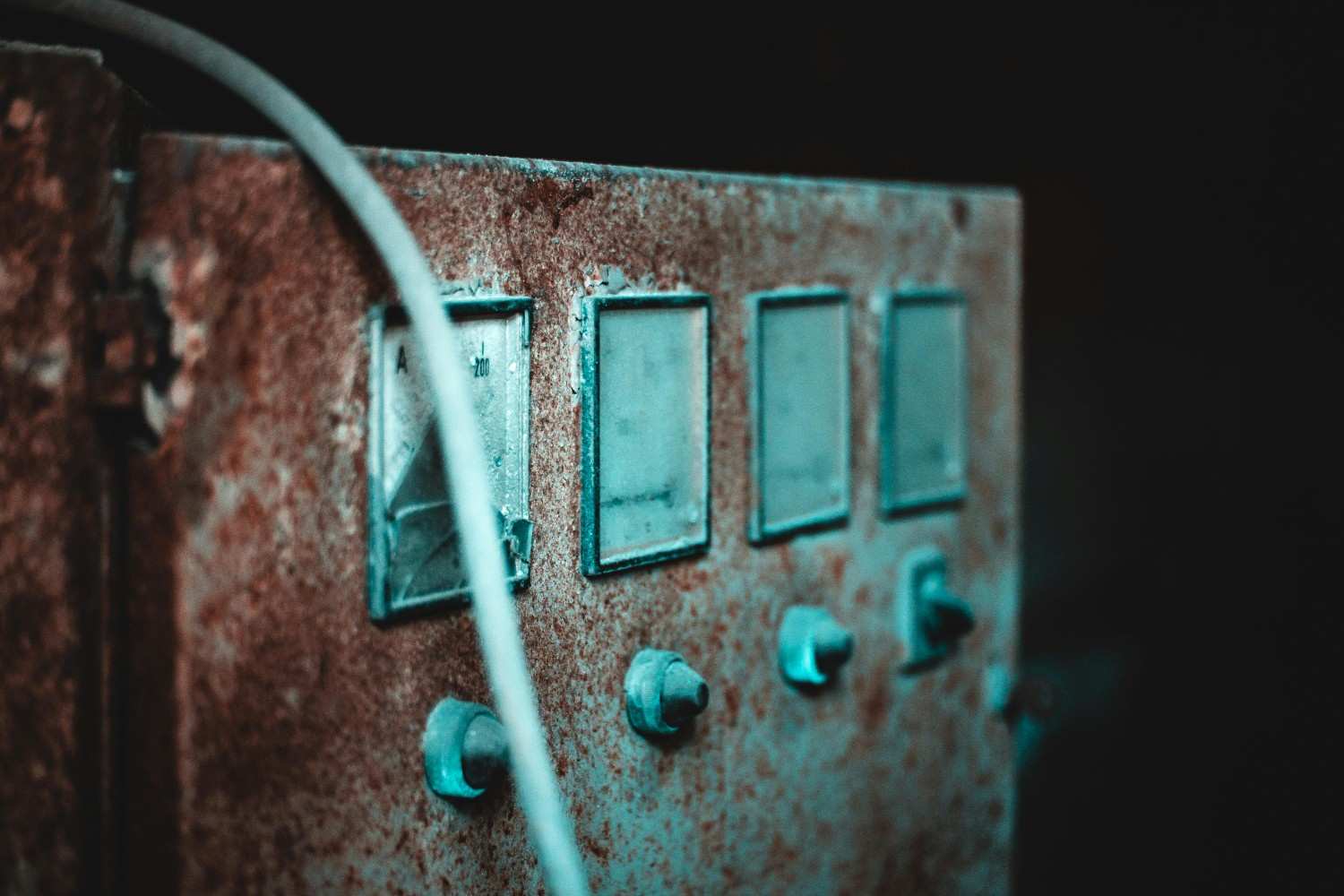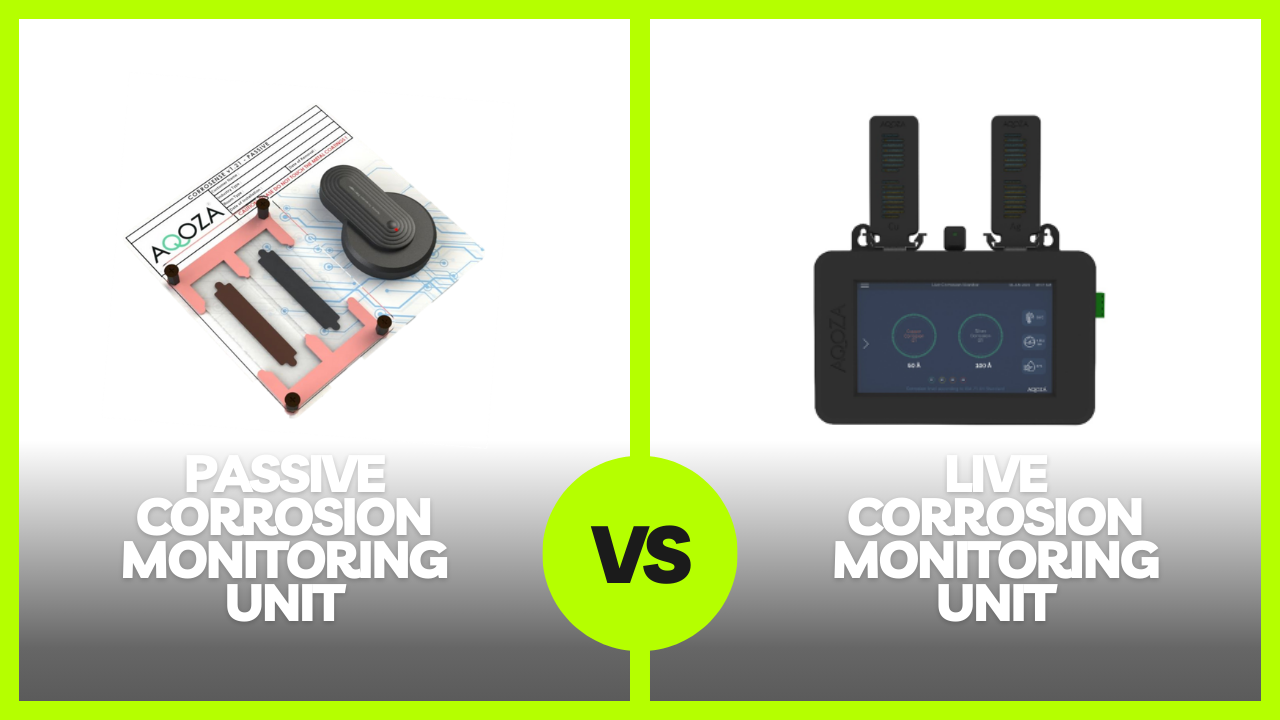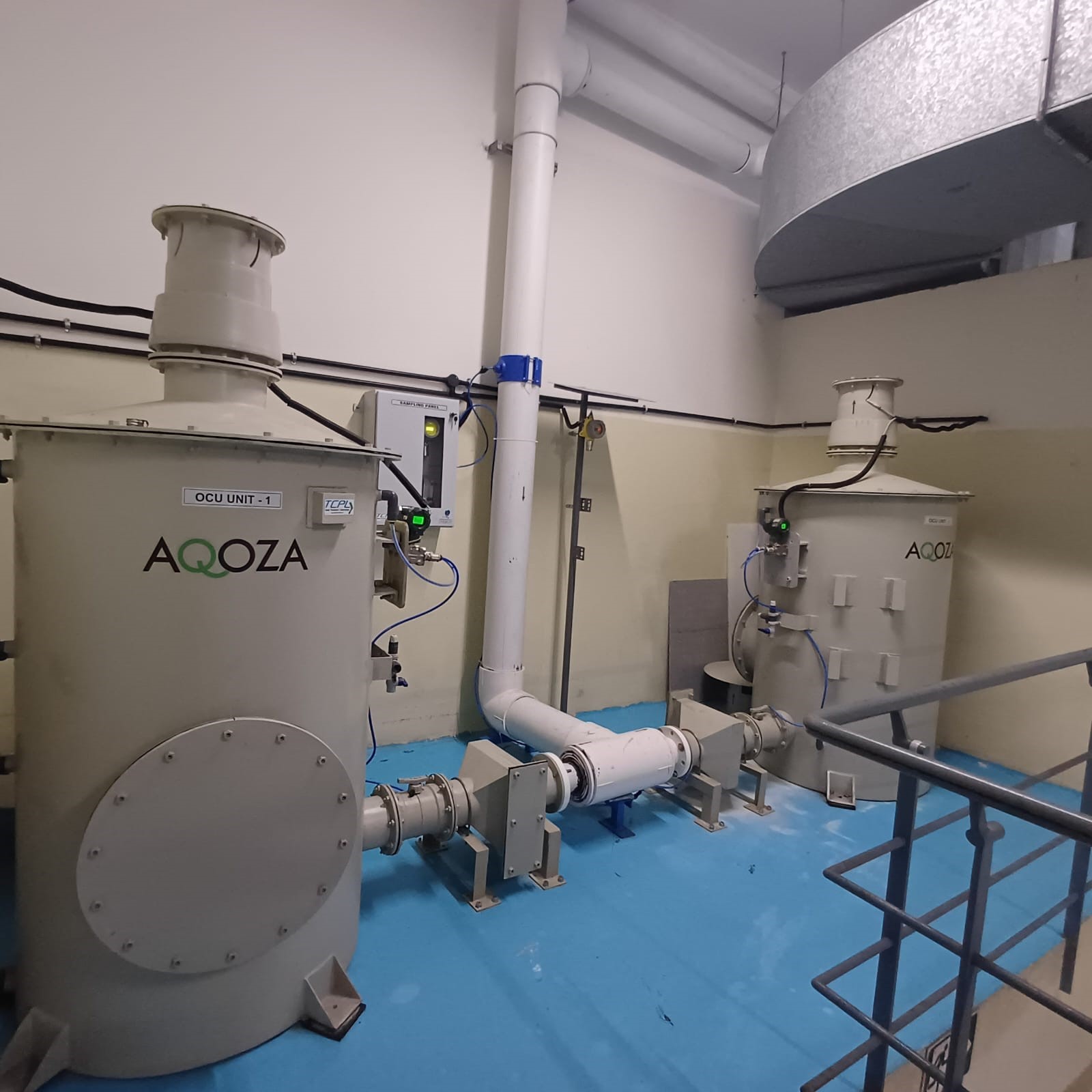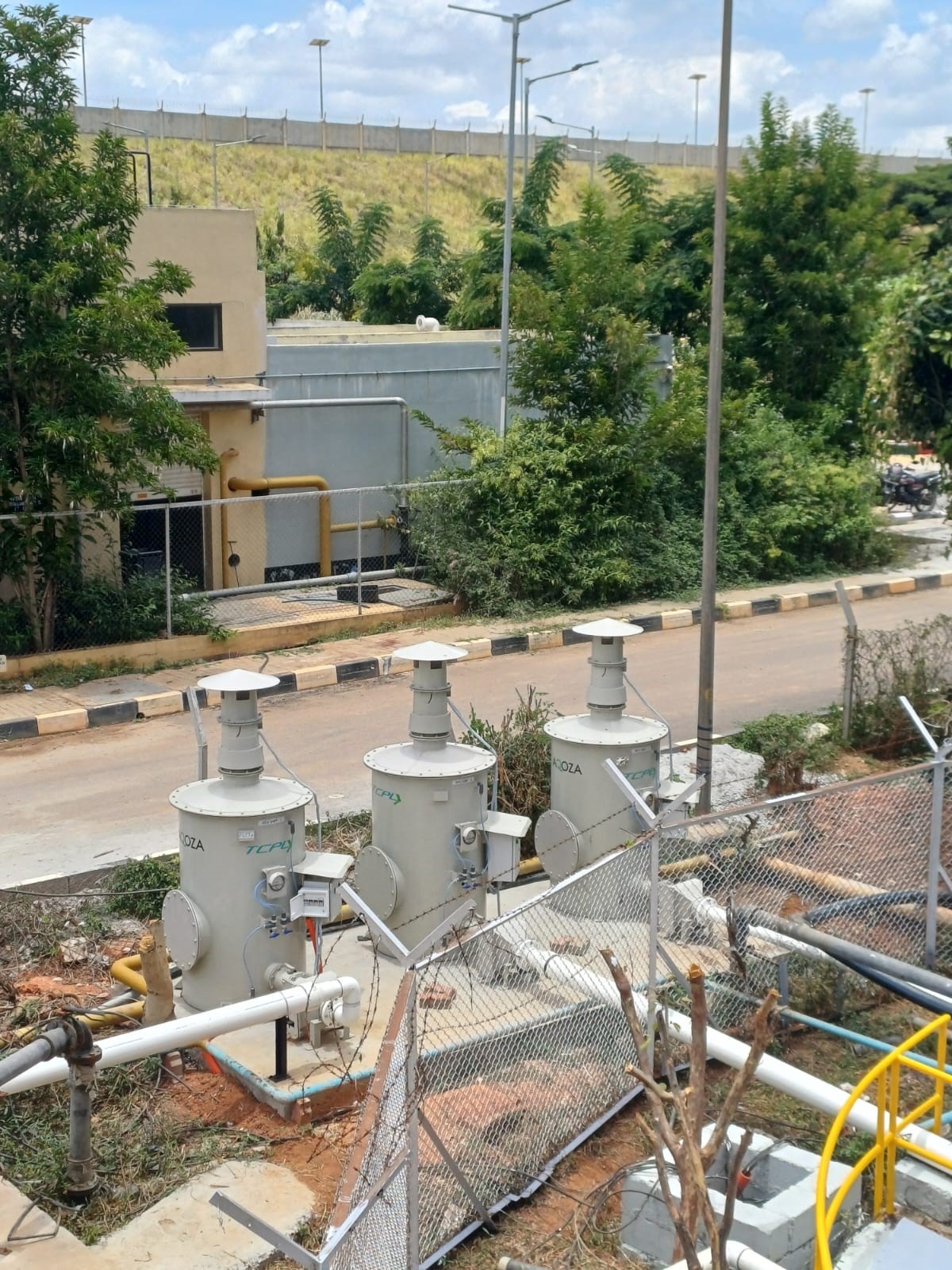How does an Odour Control Unit reduce the Operational Cost of a Hotel Facility?
Published : 13 Jan 2022

Author Name : Gifty Francis

The term hospitality describes the friendly reception of guests, and hotels thrive on the level of the hospitality they offer. According to the UNWTO, around 54 million international tourists traveled around the world in the last year. With travel and tourism blooming even during the pandemic the chances of reputations of hotels being hindered by the quality of accommodation provided to the international guests are the same as those provided to the domestic guests. While many may think the on-site facilities like food and beverage, meeting and conference services and facilities, fitness centre, and business centre will upscale the status of hotels, all this being offered in a malodorous environment will gain a status of notoriety which can further damage the reputation of a hotel.
What causes a malodorous hotel facility?
One of the main sources of odour is the sewage treatment plants located mainly in the basements. The wastewater and the sludge build-up over time can cause severe odour and health issues. The most common mistake done to prevent the smell is to block the airflow which will result in the accumulation of undesirable and inflammable gases like hydrogen sulphide (H2S) and Methane (CH4).
A typical way of addressing the problem is ventilating the rooftop by an exhaust fan and fresh air supply in the basement is ensured by a dedicated fresh air supply fan. These fans highly consume power and significantly add up to the power consumption cost of the entire facility without adding any profits to the total revenue, unlike the power consumed by an air-conditioning unit in guest rooms. Moreover, the fan and the ducting system added capex to the facility as well.
With space management being a top player in design, the rooftops of hotels are not anymore barren but more like entertainment hubs. The swimming pools, lush gardens, comfortable seating, restaurants, and beverage parlours all found their way to the top of the building, on the same place where the air from the sewage treatment plant is ventilated. This can be a massive problem for complaints from guests who use rooftop amenities. This pungent air can reach the guest room through fresh air intake suction units kept on the rooftop and is masked by perfumes which are only effective for a few hours. The irony of this solution is that most guests nowadays prefer a neutral smell or perfume-free room as they do not want to inhale toxic VOCs liberated from chemical perfumes.
What’s the solution to these Odour problems?
It is always best to address the root cause of the odour problem. Odorous gases are released from two areas of the STP, one at the inlet, where the screening and collection tanks are located and the other at the sludge treatment facility.
Typically, these areas are in enclosed spaces, to limit the access for people. The odour causing gases can be extracted from these areas and then be passed through an odour control unit which is specifically designed for sewage treatment plant odour removal. The air volume will be even less than 10% compared to that which was initially vented out through the rooftop using a fresh air intake and exhaust fan.
This attempt not only reduces odour but also reduces a huge electricity consumption compared to the earlier technique. These odorous gases can also cause corrosion to a huge extent and by removing them, the durability of electronic and electrical equipment in the facility improves.
Being a specialist vendor in Odour control system, AQOZA offer compact standard & custom made units for Sewage treatment plant odour removal applications. Feel free to reach out to our experts for any queries.

